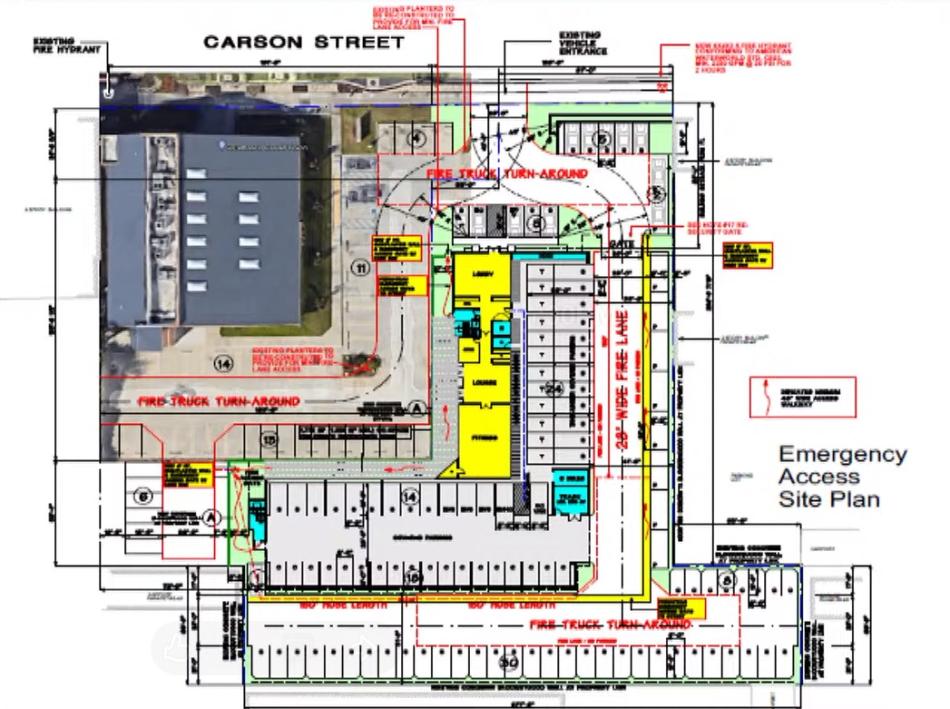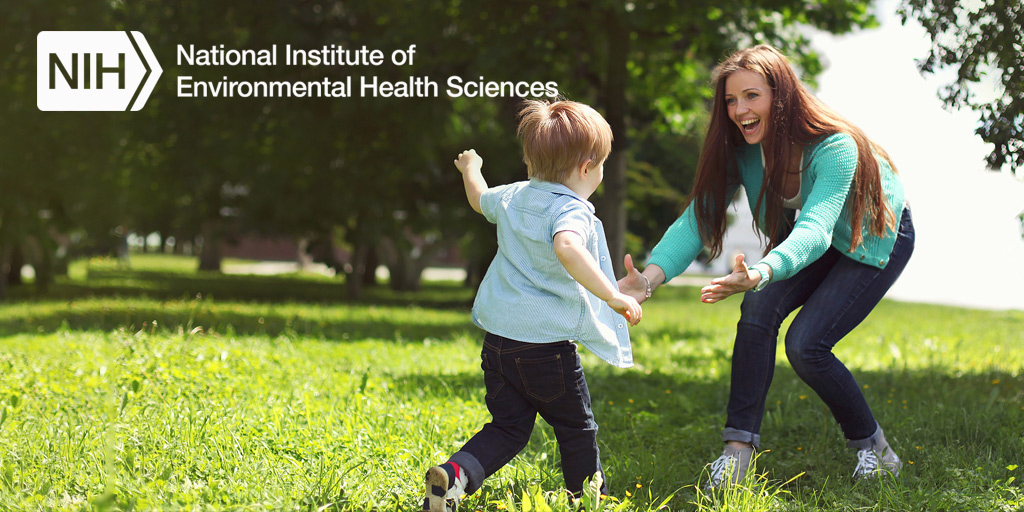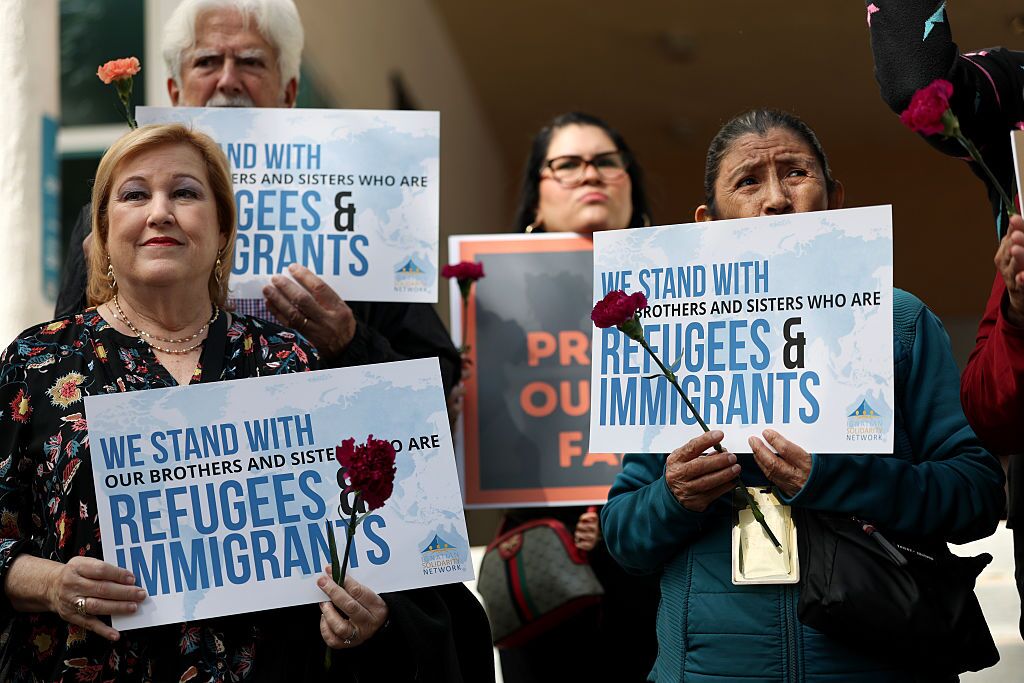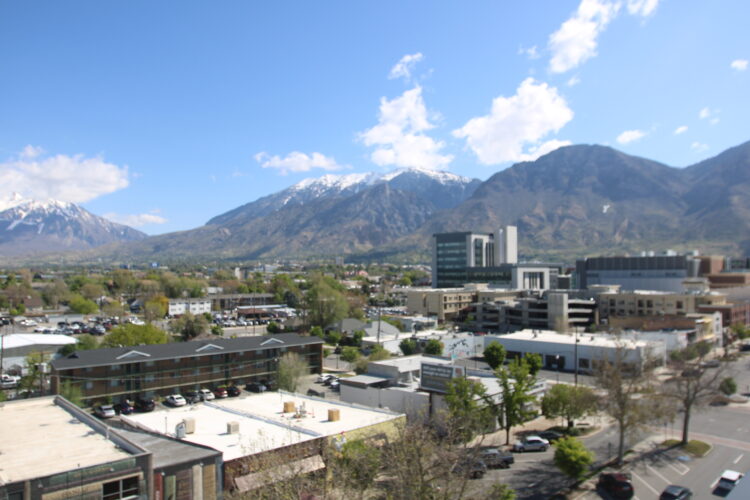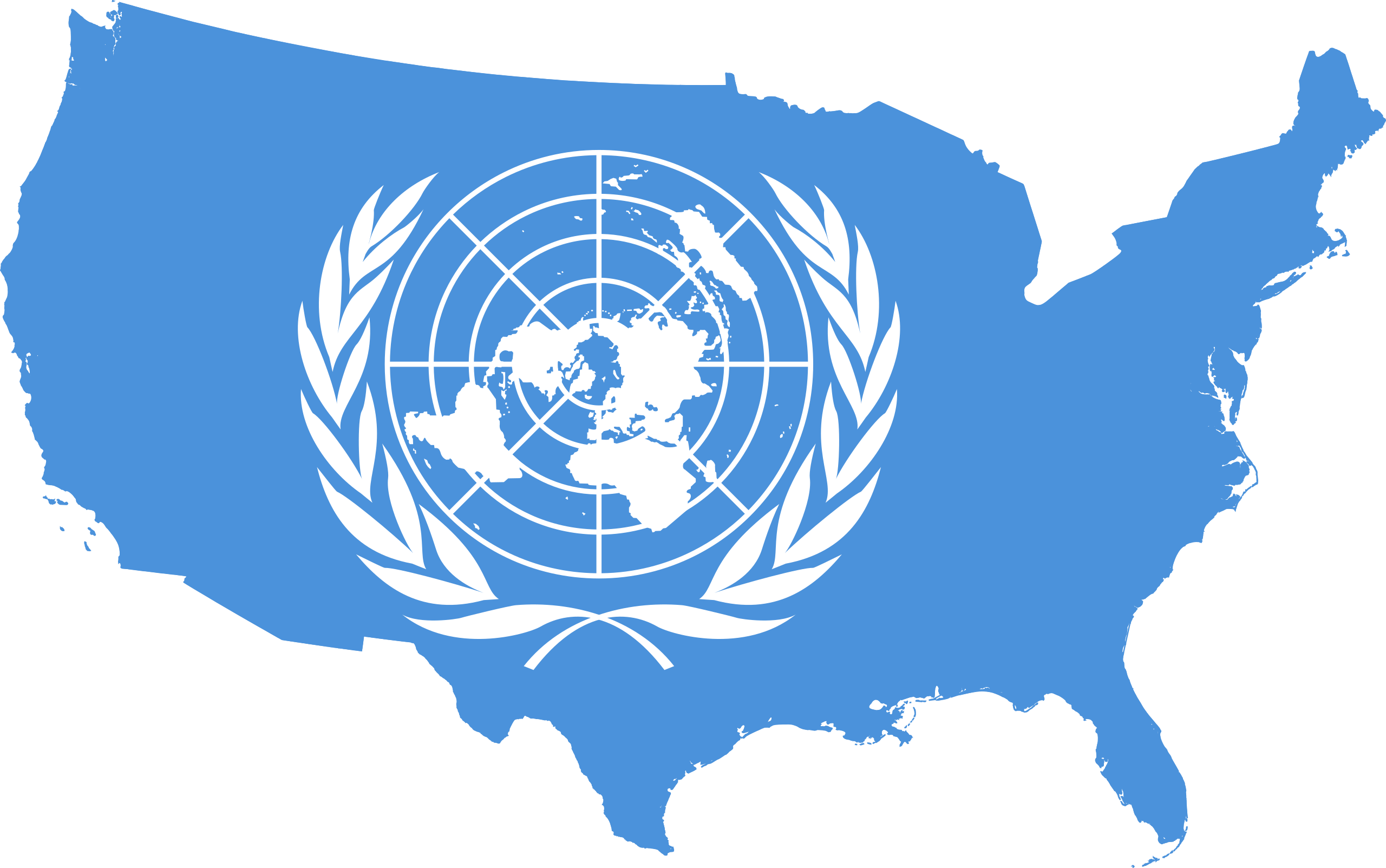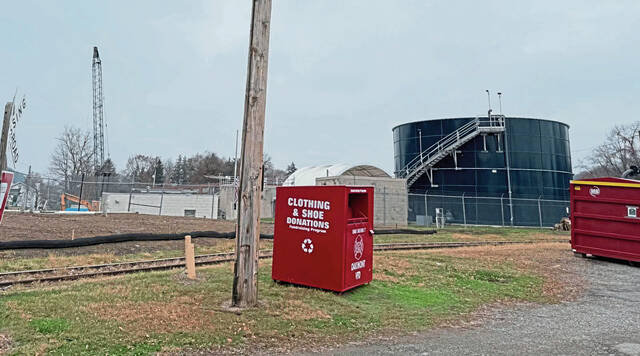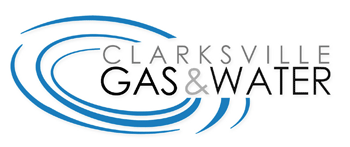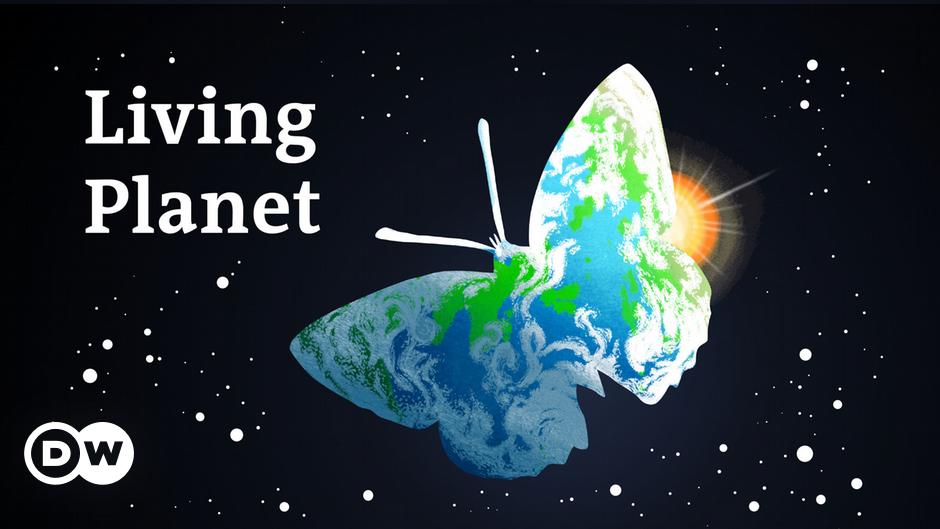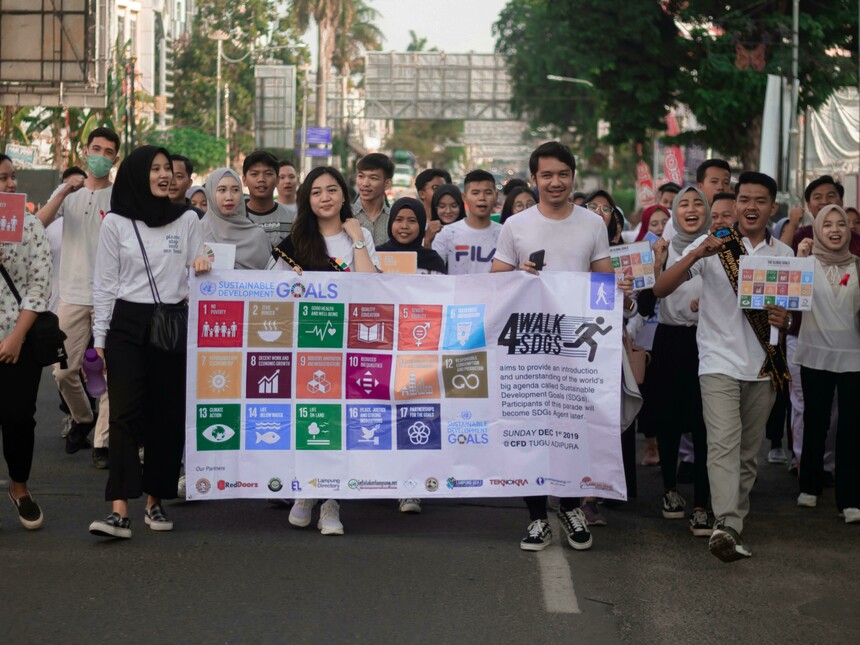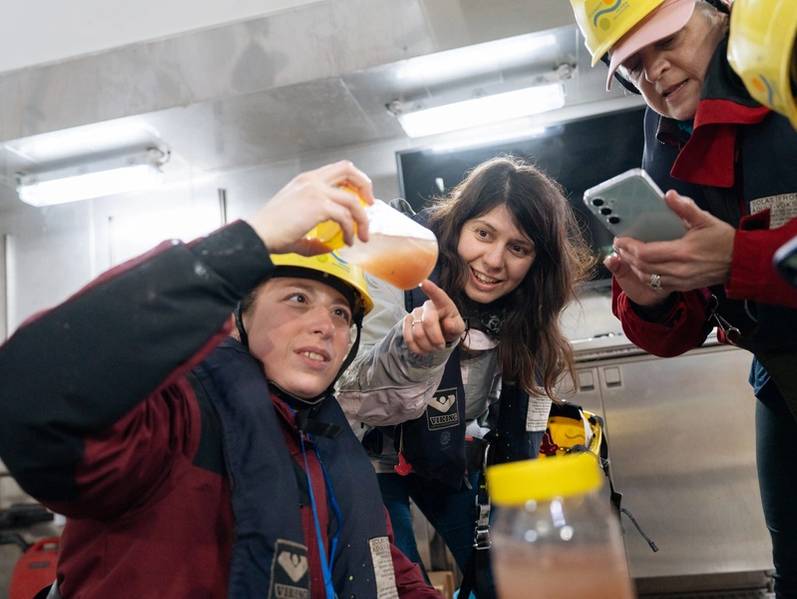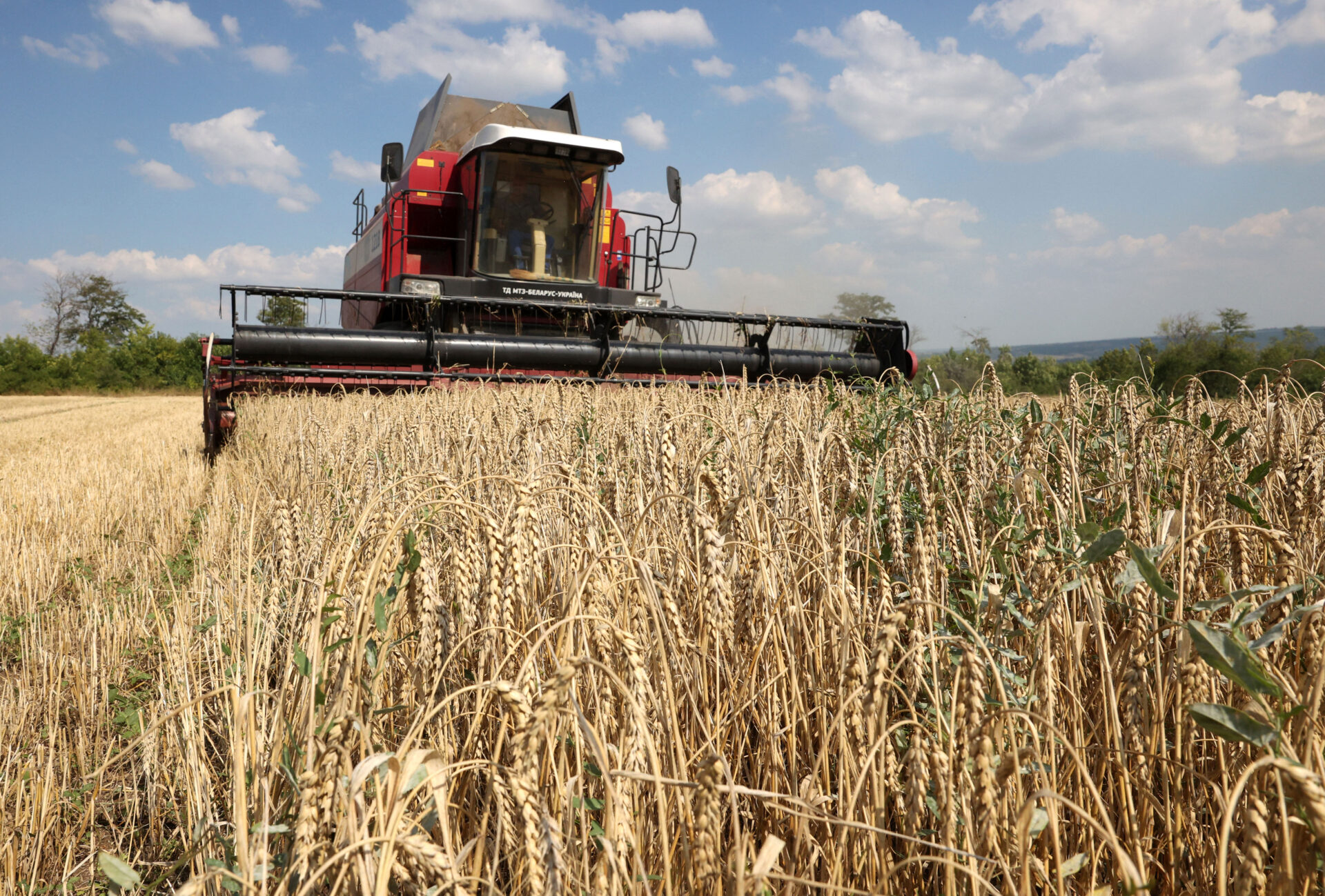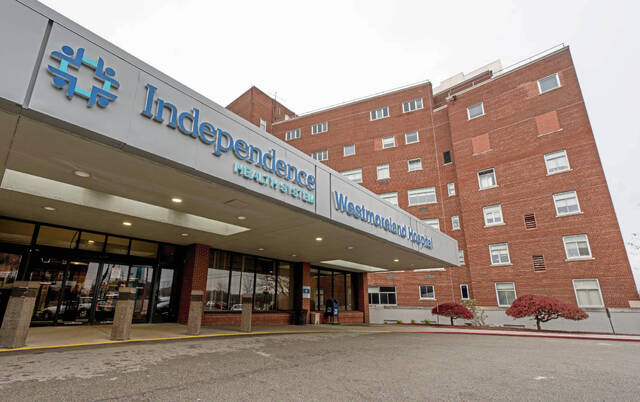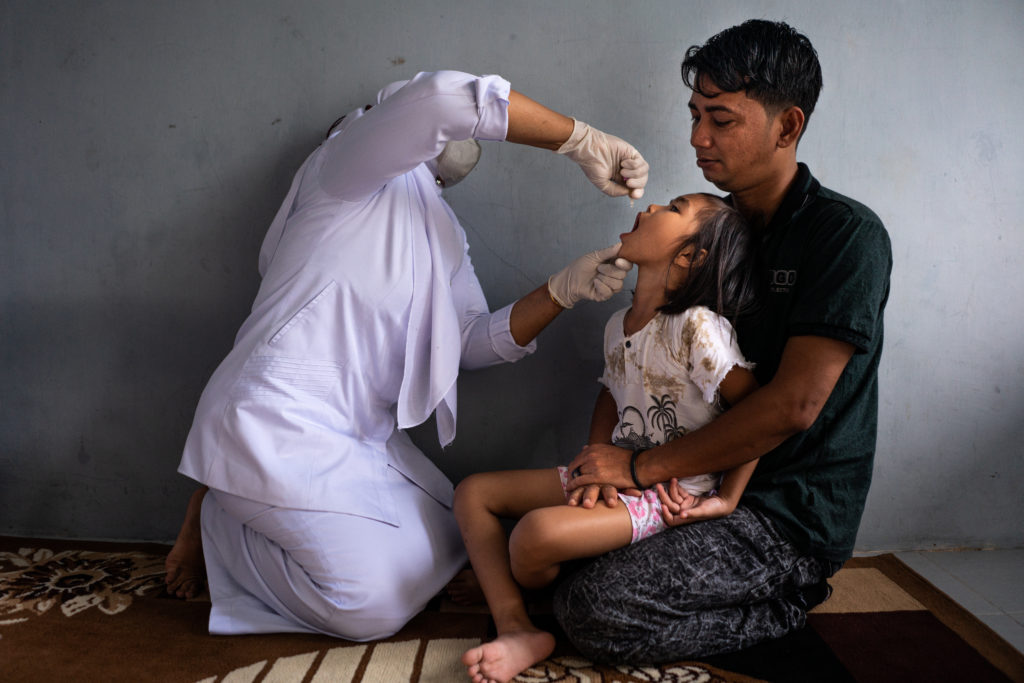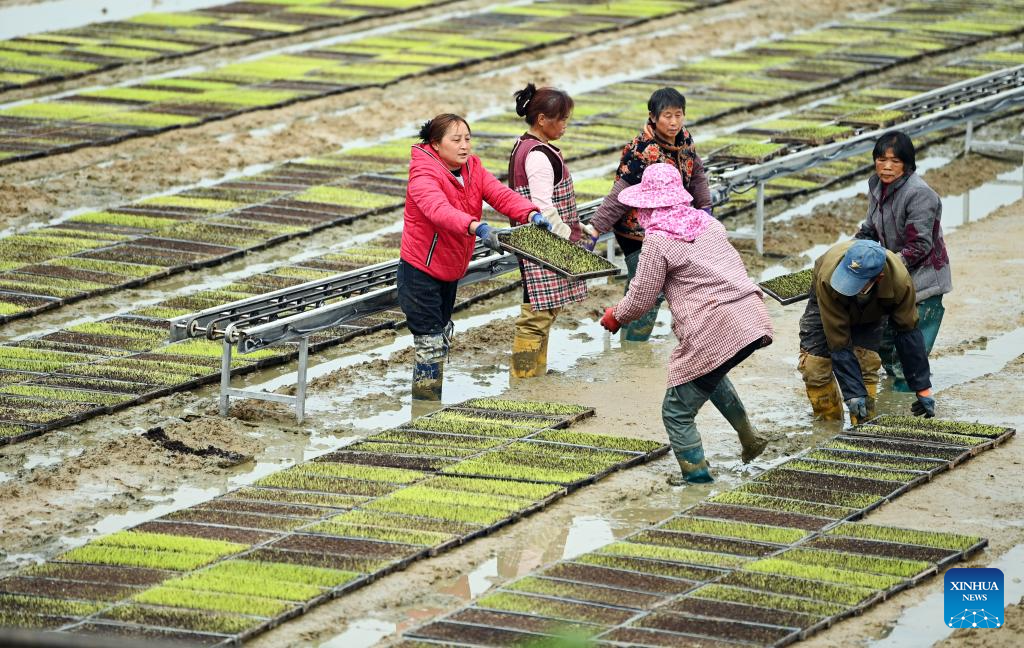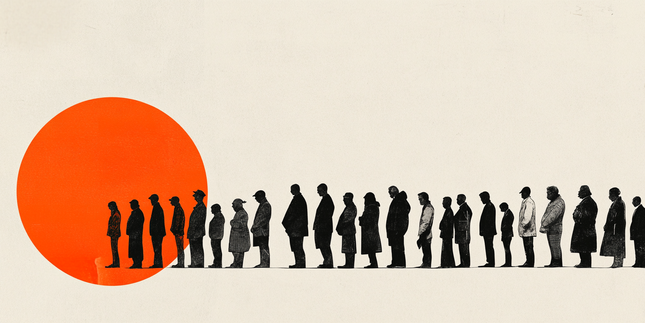Water in the desert: A UVA anthropologist’s Fulbright semester in Cairo – UVA Today

Urban Greening Initiative in Cairo: A Report on Sustainable Development Goal Implementation
Project Overview and Alignment with SDG 11: Sustainable Cities and Communities
An organization in Cairo is implementing a community-driven initiative to enhance urban livability and sustainability. The project’s core objective is to create a holistic, community-motivated vision for neighborhood development, directly contributing to the targets of SDG 11. Key aspects of this initiative include:
- Developing green infrastructure to make the city more verdant and livable.
- Engaging in collaborative research to ensure development is based on community needs and aspirations.
- Creating public spaces that are inclusive and accessible to all community members.
Water Management and Climate Action Strategies (SDG 6 & SDG 13)
The initiative strategically addresses critical environmental challenges through innovative water management and climate adaptation techniques, aligning with SDG 6 (Clean Water and Sanitation) and SDG 13 (Climate Action). The primary methods employed are:
- Localized Water Reuse: The project finds local applications for water resources, a practice central to sustainable water management. This is complemented by academic research into historical water systems like charitable fountains (“sabils”).
- Urban Greening for Heat Mitigation: By building gardens on rooftops, balconies, and in alleyways, the project actively works to manage extreme heat in the Saharan urban environment, a direct climate adaptation measure.
- Sustainable Agriculture: Expert consultation helps determine appropriate crops and labor for these urban gardens, fostering local food systems.
Community Infrastructure and Social Well-being (SDG 3 & SDG 11)
A significant outcome of the project is the establishment of the Al-Khalifa Heritage and Environmental Park. This development directly supports SDG 3 (Good Health and Well-being) and further reinforces SDG 11 by providing safe, inclusive, and accessible green and public spaces.
- The park provides a tangible improvement to the local environment, described as an “intense” change due to its abundance of trees and flowers.
- It features community-focused amenities, including green spaces, an open-air theater, and a children’s playground, all free for public use.
Methodology and Collaborative Partnerships (SDG 17)
The project’s success is underpinned by strong collaborative partnerships, a cornerstone of SDG 17 (Partnerships for the Goals). The collaboration between the local organization and academic researchers utilizes ethnographic methods to ensure community-centric outcomes.
- Ethnographic Fieldwork: The central method is participant observation, which involves immersive engagement with the community to understand their perspectives and desires.
- Systematic Documentation: Observations are recorded systematically through field notes, creating a data resource for analysis and developing a comprehensive understanding of the community context.
- Capacity Building: Ethnographic training was shared with local colleagues, fostering ongoing collaboration and documentation of the collective work. This collaborative approach was cited as an “incredibly joyful experience” that contributed to a fulfilling research process.
SDGs Addressed in the Article
- SDG 6: Clean Water and Sanitation – The article discusses finding “local uses for the water” and the researcher’s work on charitable water fountains, which relates to water management and access.
- SDG 11: Sustainable Cities and Communities – The core of the article focuses on making a city neighborhood more “verdant and livable” through the creation of green public spaces, parks, and community-driven planning.
- SDG 13: Climate Action – The initiative to build gardens is explicitly stated as a way “to help manage heat in the Saharan city,” which is a direct climate adaptation strategy.
Specific SDG Targets Identified
SDG 6: Clean Water and Sanitation
- Target 6.4: By 2030, substantially increase water-use efficiency across all sectors and ensure sustainable withdrawals and supply of freshwater to address water scarcity. The article supports this by mentioning the organization’s effort to find “local uses for the water,” implying efficient reuse for creating gardens rather than using fresh water sources.
SDG 11: Sustainable Cities and Communities
- Target 11.3: By 2030, enhance inclusive and sustainable urbanization and capacity for participatory, integrated and sustainable human settlement planning and management in all countries. This is demonstrated by the organization’s desire for a “holistic vision” that is “really motivated by the community” and the use of ethnographic work to understand what “people want.”
- Target 11.4: Strengthen efforts to protect and safeguard the world’s cultural and natural heritage. The creation of the “Al-Khalifa Heritage and Environmental Park” directly links the preservation of local heritage with environmental improvement.
- Target 11.7: By 2030, provide universal access to safe, inclusive and accessible, green and public spaces. The article highlights the creation of the Al-Khalifa Heritage and Environmental Park, which includes “green spaces, an open theater and a children’s playground that’s free to use for community members.”
SDG 13: Climate Action
- Target 13.1: Strengthen resilience and adaptive capacity to climate-related hazards and natural disasters in all countries. The project’s goal of building gardens on “rooftops, balconies and alleyways to help manage heat in the Saharan city” is a clear example of building adaptive capacity to the climate-related hazard of extreme heat.
Indicators for Measuring Progress
Indicators for SDG 11 Targets
- For Target 11.3: An implied indicator is the implementation of participatory planning methods. The article mentions the use of “ethnographic work” and “participant observation” to ensure projects are “motivated by the community,” serving as a qualitative measure of inclusive planning.
- For Target 11.4 & 11.7: A direct indicator is the existence and accessibility of the created spaces. The article explicitly mentions the “Al-Khalifa Heritage and Environmental Park” and the building of “more gardens on rooftops, balconies and alleyways.” The fact that the park is “free to use” is a specific indicator of accessibility.
Indicators for SDG 13 Target
- For Target 13.1: An implied indicator is the number and area of green spaces created as a climate adaptation measure. The article mentions the building of “more gardens on rooftops, balconies and alleyways” specifically “to help manage heat,” which can be quantified to measure progress. The “intense” environmental change felt when walking into the garden serves as a qualitative indicator of its effectiveness.
Summary of SDGs, Targets, and Indicators
| SDGs | Targets | Indicators |
|---|---|---|
| SDG 6: Clean Water and Sanitation | 6.4: Increase water-use efficiency. | Implied: Volume of water being reused for local purposes such as gardening. |
| SDG 11: Sustainable Cities and Communities | 11.3: Enhance inclusive and participatory sustainable human settlement planning. | Mentioned: Use of ethnographic work and participant observation to ensure projects are community-motivated. |
| 11.4: Protect and safeguard cultural and natural heritage. | Mentioned: Establishment of the “Al-Khalifa Heritage and Environmental Park.” | |
| 11.7: Provide universal access to safe, inclusive and accessible, green and public spaces. | Mentioned: Creation of a park with green spaces and a playground that is “free to use for community members.” | |
| SDG 13: Climate Action | 13.1: Strengthen resilience and adaptive capacity to climate-related hazards. | Mentioned: Building gardens on “rooftops, balconies and alleyways to help manage heat.” |
Source: news.virginia.edu

What is Your Reaction?
 Like
0
Like
0
 Dislike
0
Dislike
0
 Love
0
Love
0
 Funny
0
Funny
0
 Angry
0
Angry
0
 Sad
0
Sad
0
 Wow
0
Wow
0
